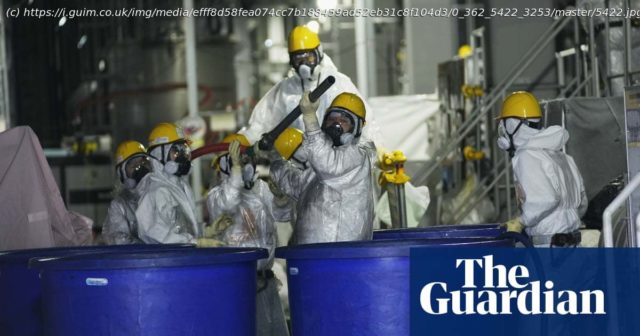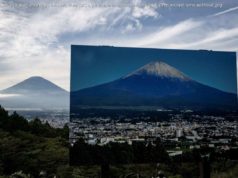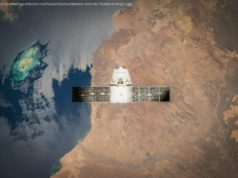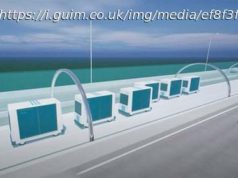Array
Almost 12 years have passed since the strongest earthquake in Japan’s recorded history resulted in a tsunami that killed more than 18,000 people along its north-east coast.
As the country prepares to mark the 11 March anniversary, one of the disaster’s most troubling legacies is about to come into full view with the release of more than 1m tonnes of “treated” water from the destroyed Fukushima Daiichi nuclear power plant.
The tsunami knocked out the plant’s backup electricity supply, leading to meltdowns in three of its reactors, in the world’s worst nuclear accident since Chornobyl 25 years earlier.
Much has changed since the Guardian’s first visit to the plant in 2012, when the cleanup had barely begun and visitors were required to wear protective clothing and full-face masks. Atmospheric radiation levels have dropped, damaged reactor buildings have been reinforced and robots have identified melted fuel in the basements.
But as the Guardian learned on a recent visit, progress on decommissioning – a process that could take four decades – is being held up by the accumulation of huge quantities of water that is used to cool the damaged reactor cores.
Now, 1.3m tonnes of water – enough to fill about 500 Olympic-sized swimming pools – is being stored in 1,000 tanks that cover huge swathes of the complex. And space is running out.
Two steel pillars protruding from the sea a kilometre from the shore mark the spot where, later this year, the plant’s operator, Tokyo Electric Power [Tepco], plans to begin releasing the water into the Pacific Ocean, in the most controversial step in the Fukushima Daiichi cleanup to date.
The decision comes more than two years after Japan’s government approved the release of the water, which is treated using on-site technology to remove most radioactive materials. But the water still contains tritium, a naturally occurring radioactive form of hydrogen that is technically difficult to separate from water.
The discharge, which is due to begin in the spring or summer, will take place in defiance of local fishing communities, who say it will destroy more than a decade of work to rebuild their industry.
Домой
United States
USA — Japan Fukushima: Japan insists release of 1.3m tonnes of ‘treated’ water is safe






